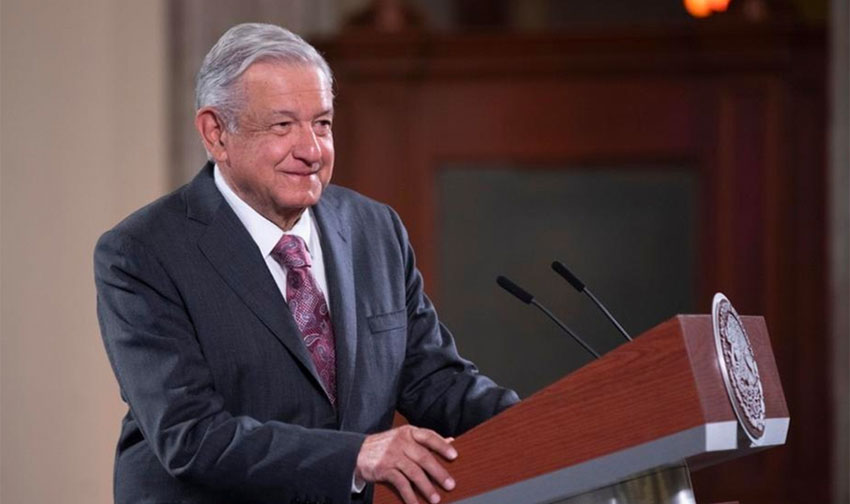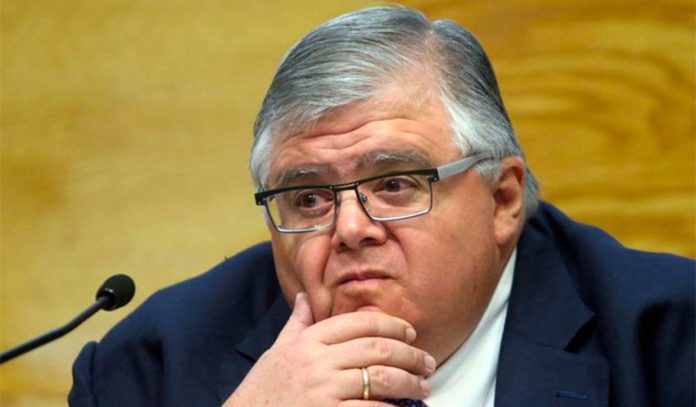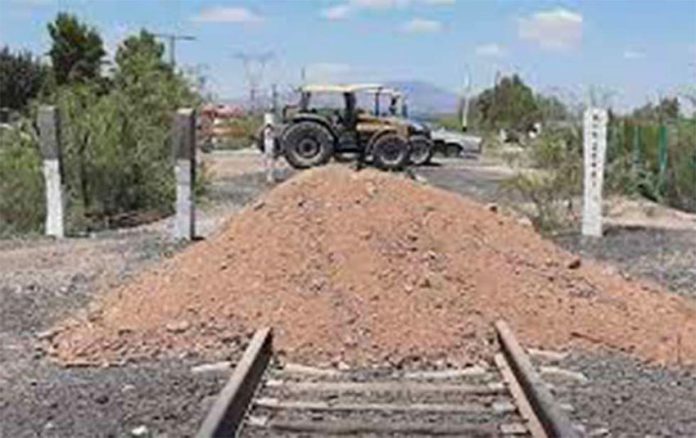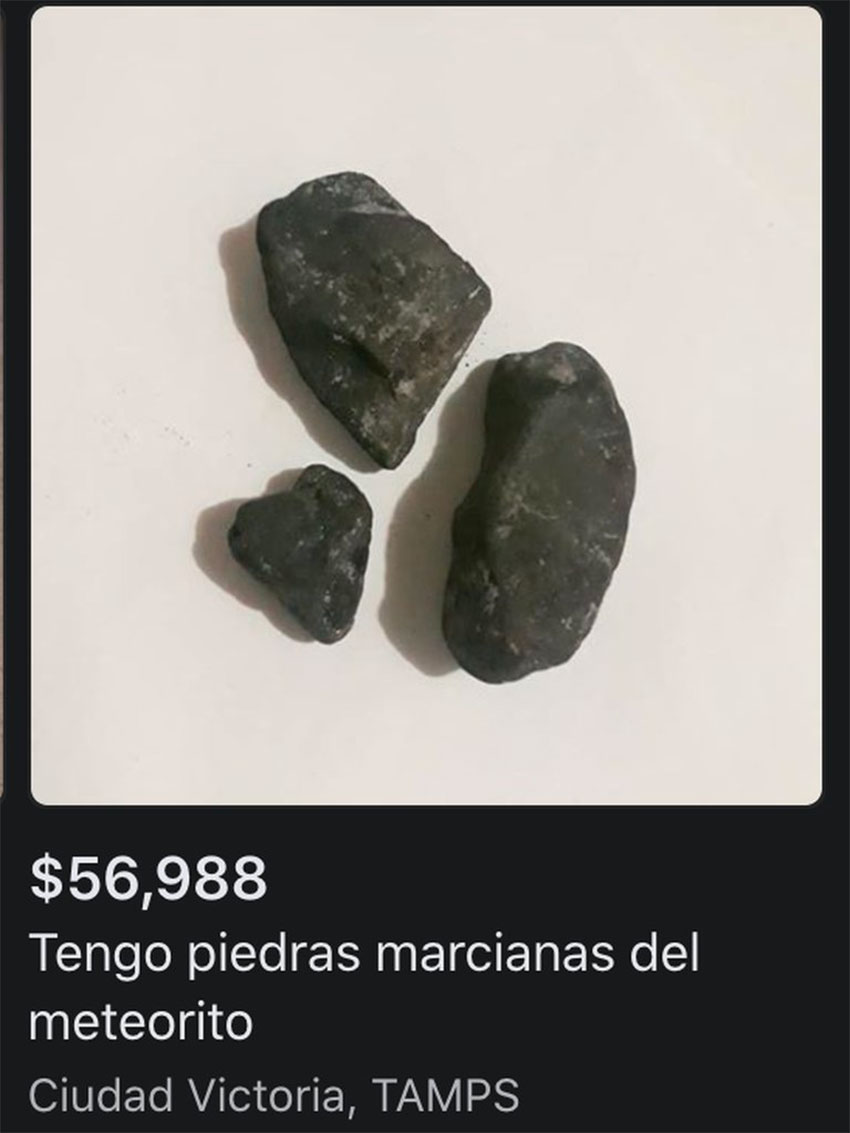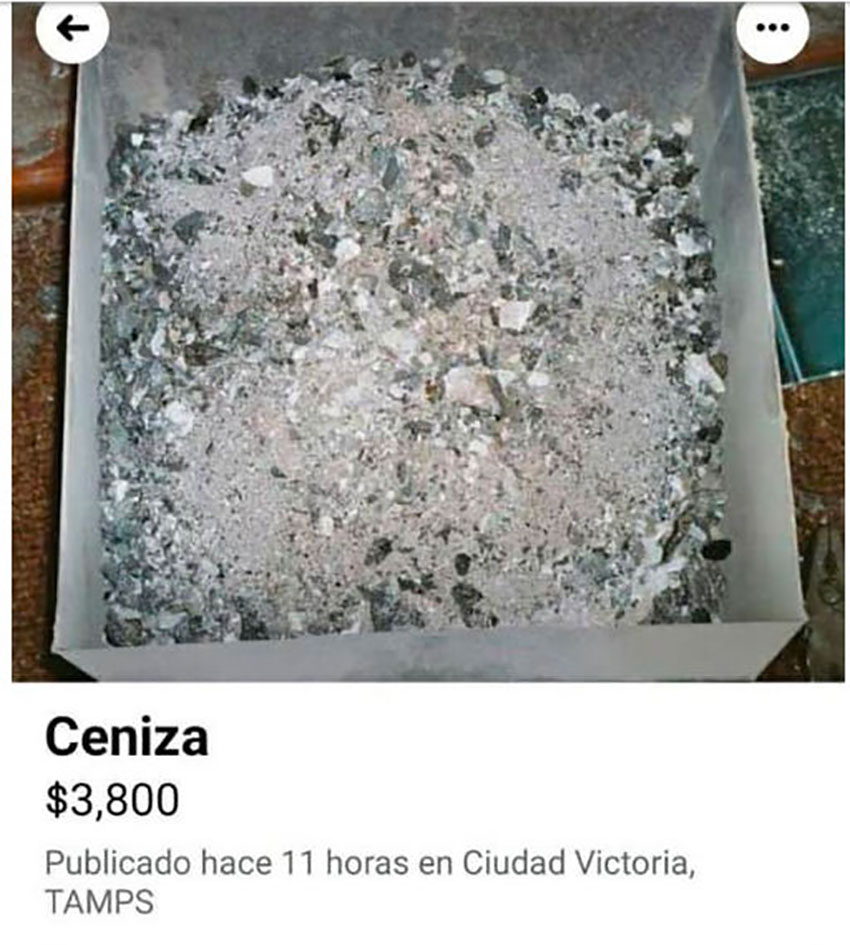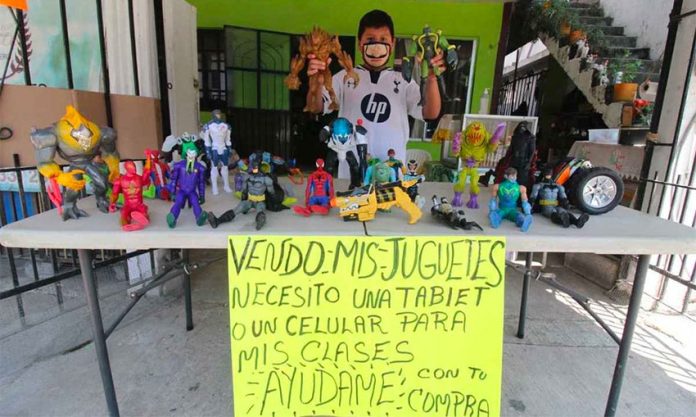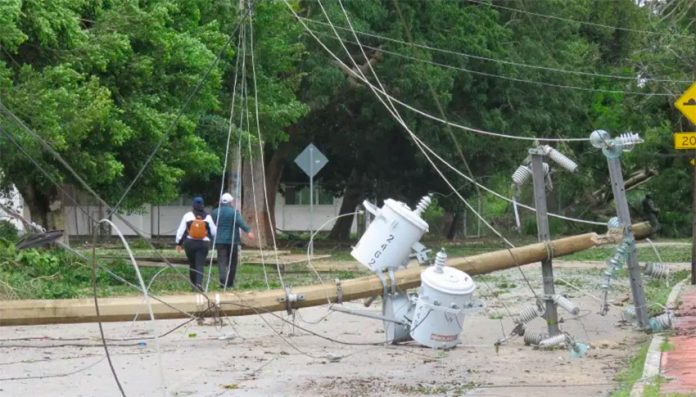As fires have raged across the American West, more hurricanes than ever before line up in the Atlantic, and record ice loss plagues the poles, attention is increasingly turning to less high-profile landscapes with a view to examining and establishing what climatic new-normal has been hiding in plain sight, gone unseen and unnoticed exactly because it is far from unusual and, in fact, is right here under our noses.
On the Yucatán peninsula the climate crisis primarily means an overt catastrophe in the southern (Mayan) jungle, where it has been devastating the biosphere for a generation, a crisis which is now accelerating faster than ever before.
Although Yucatán’s regional climate crisis has a number of distinct characteristics, its most obvious indicator is a devastating multi-year drought which, though it has affected all aspects of the biosphere, is especially notable for its hand in the generation of several mass death events for mammals.
“When I arrived and began studying the tropical forest in 1998, water sources were full, but by the period of 2015-2017, only 10% of them still had water,” says Rafael Reyna-Hurtado, a prominent researcher studying endangered mammals in the area.
“These aguadas, as they are locally known, have reduced water availability by 87% when systematically measured across the last 10 years. That’s not a little change here or there — these figures are seismic, plain and simple.”
In fact, rain over the last decade and a half is down by a remarkable 85% of its previous norms, and — particularly significantly — the periods between rains are becoming increasingly extended. Traditionally, rains would arrive in May or June, but now the strong rains may hold off until July or even August.
The early summer period is a critical time for a number of mammal species that depend on water to survive, meaning that not only are the wildlife populations of the area affected by the lack of rain, but the local human populations who depend on the seasonality of the rain for cultivating crops also suffer the consequences.
The Mayan Jungle — the most extensive in Mexico — is, in reality, a tropical forest; a meso-American region which stretches into Guatemala and Belize and spans 3 million hectares, or 30,000 square kilometers. By most meaningful measures it is the second largest tropical forest in the Americas after the Amazon.
There is no overstating the role of any large green space in the maintenance of ecosystem equilibrium, and the Mayan Jungle is no exception to the rule. Home to an extraordinary level of biological diversity, the forest provides refuge for endangered species such as the white-lipped peccary, tapir, howler monkey and scarlet macaw. The forests in the Yucatán Peninsula are also estimated to store almost 350 million tonnes of above-ground carbon.
As well as being home to an array of flora and fauna endemic to the area, the Mayan Jungle supports, and is supported by, the livelihoods of indigenous communities whose livelihoods and culture are inextricably interwoven with the land.
These communities utilize a diverse range of agricultural systems which, by balancing conservation with rural livelihoods, generates an ecological model which mitigates climate risks and maintains biodiversity. However, because this form of production is often lower income than the sweeping commercial agriculture which is blighting tropical forests across the globe, large scale plantations and pastures are replacing traditional agricultural methods, and exacerbating preexisting ecological issues.
Mayan Jungle: the second largest tropical forest in the Americas after the Amazon. selva mayaAs a result, the region loses around 80,000 hectares of forest per year, 50% of which is driven by the expansion of land for cattle, and the remainder of which is caused by other forms of commercial agriculture and forest fires. As a consequence, 5.7 million tonnes of carbon dioxide are released, though there is little need to expound the calamitous ripple effect this level of emissions has across the globe.
The first mass death event that Reyna-Hurtado recorded was in 2006, when previously limitless water sources dried up for the first time in their history. “The endangered white-lipped peccary which I study were dying in record numbers, and those which we were tracking were moving much more sporadically than they had in our previous records, in their desperation to find water. Water is key for the survival of this species, and many others. If water disappears, several of these species,” he pauses, weighing his words, “— will disappear too.”
Reyna-Hurtado’s thoughts are echoed by renowned photographer and documentary filmmaker Mike Alcalde from Mexico Natural: “Twenty years ago you would trip over animals here, everything from tapir to king vultures to jaguar. Now even if you go deep into the jungle, it’s clear not only that numbers are way down, but that behavior has changed. There’s a skittishness and stress to many of the mammals you come across, which is new to their way of being. Behavior which you would once see only in hungry or injured animals is much more the norm. The whole context of the southern jungle is changing.”
It’s a point everyone in the area agrees on, from biologists and researchers, to indigenous groups, and even hunters. “This is a region in crisis,” says one of the latter group who asks not to be named. “Hunting hasn’t caused it; in a sustainable system there is room for everything to co-exist, but there are structural stresses in place now on this jungle that the region itself cannot resolve — there is a global problem that is affecting us locally. Of course resources need to be managed better and there needs to be a holistic, multi-sector plan developed and put into place, but even if that were to happen, we would still be at the mercy of a context significantly out of our control.”
And it is this feeling of a lack of control which leaves people on the front line so desperate, and can be heard repeated by communities from the Inuit of Greenland, to the wine farmers of California, to members of traditional communities such as 20 de Noviembre in the Calakmul area, because these communities are figuratively but also often literally firefighting a problem that they can only tangentially affect on a day to day basis, in their immediate surroundings.
Whether it be biodiversity loss, extended droughts, habitat destruction, aquifer reduction, temperature rises, food insecurity, or a litany of other predicaments, it is people in these rural communities who must recognize how they and everything around them are part of a global system in which every cog turns a wheel thousands of miles away.
Far from being outlying areas on the fringes of the world’s climate crisis, regions like Mexico’s Mayan Jungle stand, embattled, on its very front lines.
CORRECTION: The animal in the photo was incorrectly identified in the earlier version of this story. It’s a tapir.
